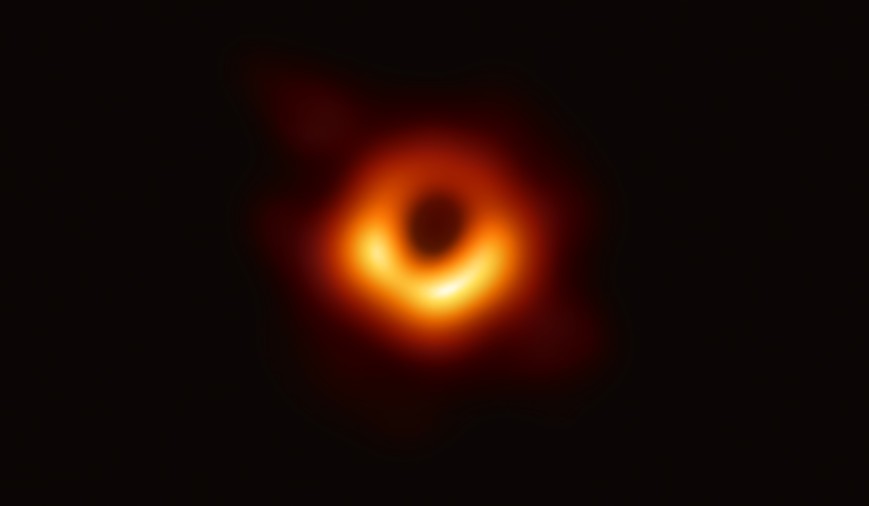
First image of a black hole in galaxy M87 (Credit: ESO)
The black hole has long been a fascination for people who are studying or interested in astronomy. Since the ‘discovery’ of the concept of the black hole, many scientific works have been done on it such as Einstein’s general relativity and Hawking Radiation. Many others also worked on understanding how black holes form, grow and evolve.
For many laymen, the black hole is the stuff of fan fiction. Other than hearing their science friends discussing it, most people ‘visualize’ black hole on sci-fi movies or documentaries simulating how we thought it would look like. At the end of the day, however, no one has ever captured an image of a black hole. For one, the nature of black hole having such strong gravitational pull, preventing any light from escaping from it make it difficult to image it. In 2015, a group of scientist – or more like a group of labs, decided to collaborate and make it happen.
After two years of collecting and processing the data, on 9th of April 2019, the first image of a black hole situated at a distant galaxy Messier 87 (M 87) is finally officially released by the Event Horizon Telescope (EHT). The project was at first inspired by the magnetic field detection. Similarly to methods used to get better resolution in the imaging, interferometry. If you find this familiar, this is the same interferometry concept used to detect gravitational wave. What is also interesting about this collaboration is that each team were imaging using their own algorithm and worked together to achieve this result!
The world is now excited to finally see what we have never seen before. For the image, there are few features that are consistent with what we understand about the black hole, for example, the existence of event horizon (yes, that very bright cloud area you see in Interstellar), the silhouette observed from the shape of the image indicates consistency as what predicted in general relativity. However, much is still to be understood through future study. In the future, this advance in science will enable us to find answers to the many questions physicists asked for decades – and even centuries.
References:
NSF press conference on first result from the Event Horizon Telescope project
